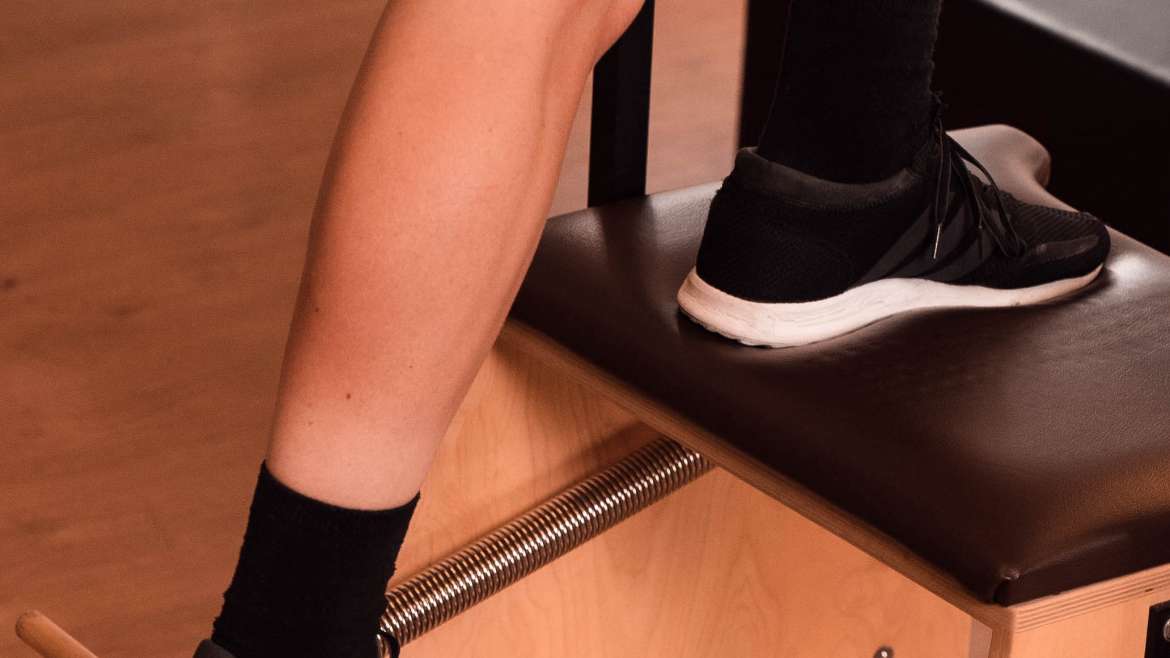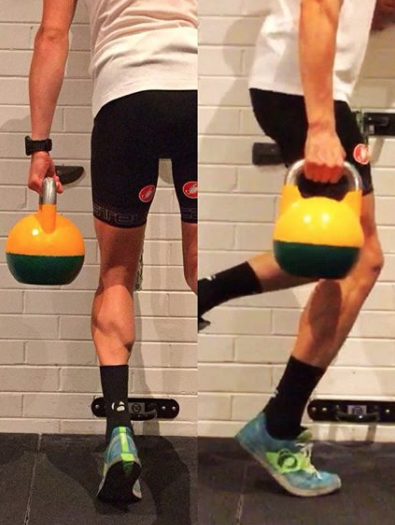By Dr Brendan O’Loughlin (Osteopath) |
What is a tendon?
Tendons are simply the ends of a muscle that attach to bone. When a muscle contracts it uses the tendon to pull on the bone in order to produce movement.
A simple way to visualise this is to picture yourself hopping:
- you’ve taken off from the ground and are on your way back down
- your foot touches the ground and your ankle starts to bend
- the Achilles tendon stretches out like an elastic band, taught with stored potential energy ready to release for take off again
- you’ve reached your lowest point going down and you start to come back up
- your Achilles tendon returns from the taut stretched out position, your calf muscles contract, which helps you power back up into the air.
That’s pretty much the job of a tendon.
How to strengthen tendons
Tendons are critical for movement. You can think of them like tough elastic bands and their job occurs in two stages: temporary energy storage followed by energy return. Even in the simple action of hopping, there are many complex processes required including activation and feedback from the brain, nerves, muscles, energy systems, etc.
While we all familiar with how strength training can help a muscle become stronger, we can also train a tendon do its job better too. This often includes strengthening the entire muscle that makes up that tendon.
We can strengthen muscles and tendons in different ways:
- lifting a heavy weight a few times helps improve maximal strength
- lifting a small amount of weight many times helps improve muscular endurance
- moving explosively (with no additional weight) helps improve power.
The best combination of these different methods depends on your task and the goal. The improvement you’ll get can depend on your genetics and training history. If you’re well trained in one area, your largest benefit will often be seen by training the unfamiliar method.
Here are some examples for training the calf and Achilles for strength, endurance and power.
 Maximal strength
Maximal strength
- 4 sets of 5 (4×5) standing straight knee single leg calf raises with additional weight to reach 1.2–2.5 times your body weight.
- Eg. In the range above, a novice runner might begin at 1.2 times their body weight, while a high mileage runner incorporating speed work might work at the upper end of 2.5 times their body weight.
Muscular endurance
- 2×20 single leg calf raises with body weight only
Power
- 2×5 hops for maximum distance
If you’d like to speak with Dr Brendan O’Loughlin (Osteopath) or any of other practitioners about tendon training, strengthening, injuries or any other concern, you can contact us at any time:
- (03) 9939 1289
- info@melbourneosteopathycentre.com.au
- Book a consultation online


 Maximal strength
Maximal strength